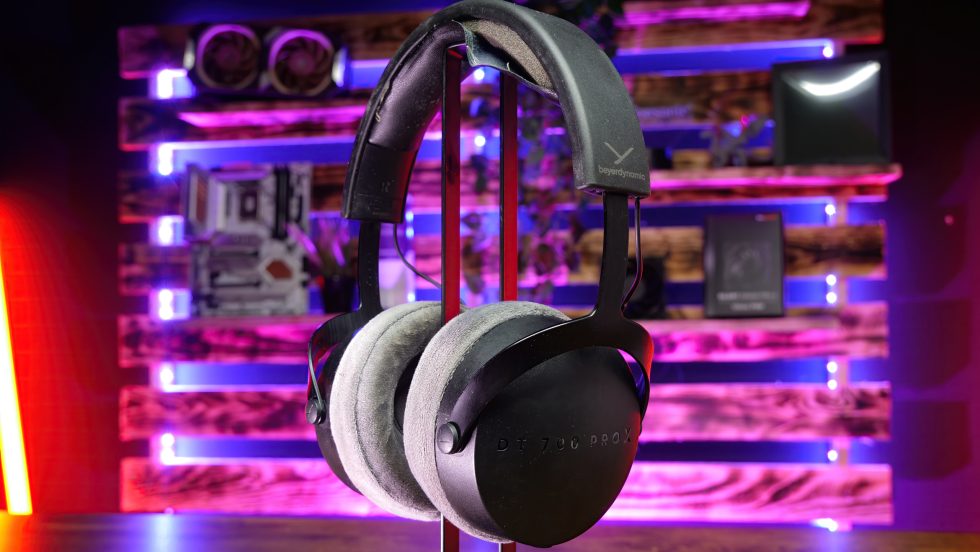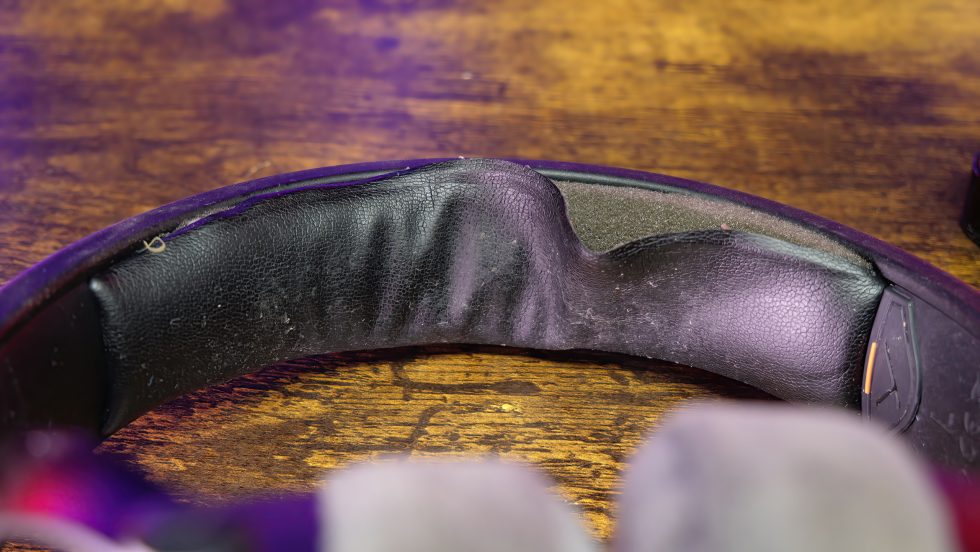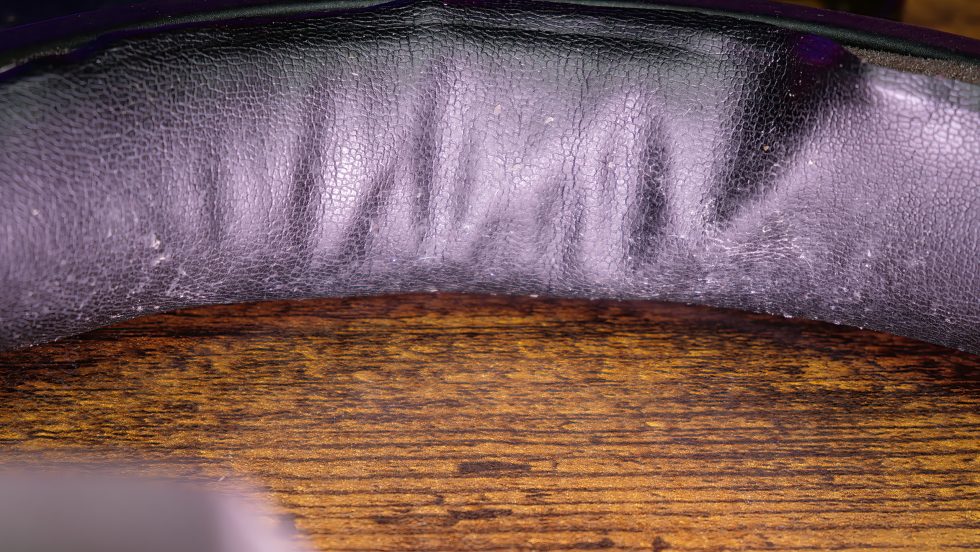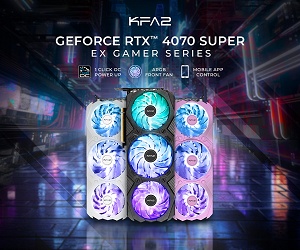I’ve been using Beyerdynamic products for more than 15 years now: From high-end headphones (T1, T90) to fun headphones like the Amiron Home, Avento and Custom One Pro, to professional microphone technology. I already recently had an article online about the non-durability of the Custom One Pro (link below), but now there is already another case in the newsroom that I don’t want to withhold from you. That companies expand their product portfolio and adapt to the market is normal and essential for survival. But…
Beyerdynamic used to be known for its high-quality audio products that were made in Germany and lasted for what felt like forever. However, like many other manufacturers, they had to move some production to China to cut costs. Quality problems can always occur, regardless of where a product is made. However, these problems can be exacerbated when moving production to a country with lower production costs. Reasons for this may include the use of inferior materials, poor quality controls, or inadequate employee training. Where the final assembly and packaging takes place is actually not even interesting if the purchased components are no good.
However, what is currently sold to the customer under the gaming guise of being as mainstream as possible doesn’t seem to meet this historsic demand for quality anymore. Yes, you can come across as hip and give yourself a youthful look with the help of influencers, but you still have to live up to your principles of longevity and sustainability if you don’t want to risk your reputation. Otherwise, the high-end segment will also be negatively affected. If I take myself as a basis, the now high four-digit amount that I have sunk into Heilbronn products so far will certainly not increase any further. The reason why I would like to (and must) talk about this today is based on the second case of a complete qualitative failure. You simply have to put it this way.
Specifically, it’s about the Beyerdynamic DT700 Pro X, so-called gaming headphones from the price range over 200 euros. The part was purchased anonymously and lasted just about 8 months. Compared to the DT770 Pro, which are really excellent for the price, the DT700 Pro X are already visually and haptically at a disadvantage. Nevertheless, we bought them, also because they were advertised on the website with the marketing slogans “Durability thanks to hard-wearing and robust workmanship” and “Sustainable headphones: Made in Germany”. Sustainable is always good, for those who remember my nearly unused Custom One Pro and its self-dissolution…. Oh, give it a rest.
Obsolescence with method
To be fair, I have to mention one thing first: Beyerdynamic offered the employee to replace the headband as a gesture of goodwill. Just as they later sent me more replacement pads and headband for the Custom One Pro without being asked, although I already had to buy some myself to be able to continue using the parts promptly for a measurement. Interestingly, this was initially done via Facebook (someone had shared my article there) and not via the obviously non-existent press support.
Unfortunately, Pascal did not write anonymously to the support this time in the case of the DT 700 Pro X, so that the employee was certainly already forewarned. But I’ll assume the best possible case and praise the support at this point. After all, spare parts availability and goodwill are not a matter of course. I also had the same issue with Epos Sennheiser, where the cost-down at the supplier already took revenge after a few months. Both are not products from the low-price sector and yet they behave unfortunately so.
|
|
Let’s get back to the marketing slogans and that’s where a huge contradiction gapes. Sustainable for me is not the annual necessary replacement of the head pads, but it would simply have been a longer shelf life. After all, what isn’t broken doesn’t need to be replaced and thrown away. It’s this peculiar understanding of chipstered green-washing that pisses me off here. Yes, you can exchange and replace everything, but why the self-destruction already starts after 8 months, must really be questioned at the manufacturer. because the issue is really not new. After five years times to change the pads is ok, you should also change for hygienic reasons times and not because the black stuff crumbles off and everyone thinks you have strongly pigemntierte head lice. By the way, I would not have written this article for a 50 euro headset, because as always: “You get what you paid for”. Well, it would be nice.
The softener problem
But what is this all about in detail? PU (polyurethane) imitation leather, also known as faux leather or vegan leather, usually contains plasticizers to increase its flexibility and softness. These softeners are necessary to make the material mimic the feel and properties of real leather. However, there are some concerns about softeners. Some plasticizers, particularly phthalates, are known to cause health problems and act as endocrine disruptors. However, it is important to note that not all plasticizers are the same and many are safe to use.
In terms of durability, the use of plasticizers in PU leather can actually lead to a reduced lifespan. Over time, plasticizers can leach out of the material, which can lead to cracking and breaking. This is especially the case in environments with high UV radiation or extreme temperatures. However, it should be noted that the quality and durability of PU leather is highly dependent on the manufacturing quality and the specific materials used. High quality PU leather can be very durable and is often used in the furniture and automotive industries. Unfortunately, this is not the case with Beyerdynamic’s products.
If we look at the picture of the headband, we can see how the PU layer, which has become brittle, is already detaching from the textile carrier matrial. A functioning quality management (QM) system could actually have ruled out such behavior. Such points also belong in the specifications of the OEM/ODM, but this was apparently not the case.
Contact problems: Connectors with click factor
Another point that is annoying and anything but sustainable is the mini-XLR connector of the connection cable. After only a few months, there were already contact interruptions with severe cracking as a result. Since the pins still seem to be fairly tight, the cable should have a defect. Why they use such a solution is probably known only to Beyerdynamic, because the simple 3-pin mini-XLR are known for failures in continuous operation of the cables. The cable costs around 20 Euros, and so does the head pad. If that breaks every year, after 5 years you’ve almost outlived the purchase price and have a total economic loss.
Conclusion and summary
Besides all the efforts to appeal to a younger target group, Beyerdynamic should not lose sight of its old values. Otherwise, they will disappear into the squeaky-clean mainstream faster than the CEO can say pug. If you want to sell high-end products today, you can’t afford to be sloppy at the base. The balancing act should be quite manageable, but you have to at least buy your components in such a way that you find a good compromise between durability, sustainability and demand. Then it works with all target groups. However, I have been lost as a customer for decades, because the trust is permanently disturbed by such things.
It’s not about sedating customers with goodwill, but about preventing pre-programmed damage from occurring in the first place. You don’t create goodwill with the buyer afterwards through support, but first through the product and its quality.





































75 Antworten
Kommentar
Lade neue Kommentare
Mitglied
1
Veteran
Urgestein
Urgestein
Neuling
Veteran
Urgestein
1
Neuling
Veteran
Urgestein
Moderator
Urgestein
Urgestein
Urgestein
Veteran
1
Urgestein
Alle Kommentare lesen unter igor´sLAB Community →